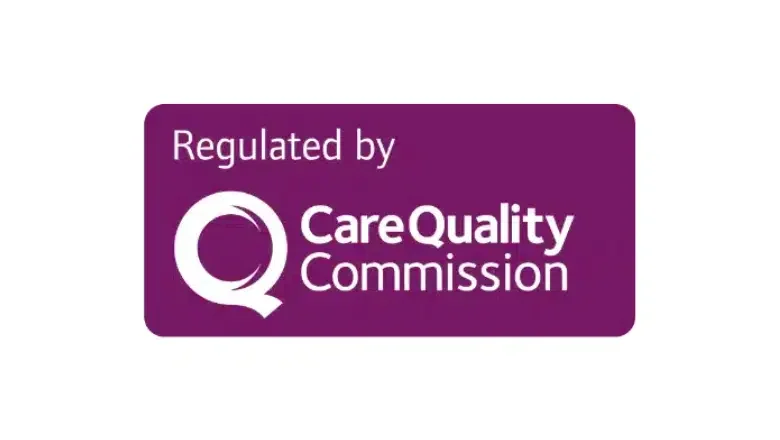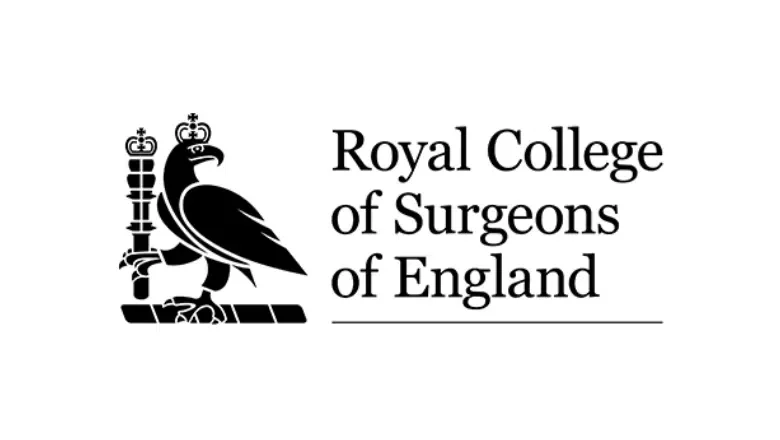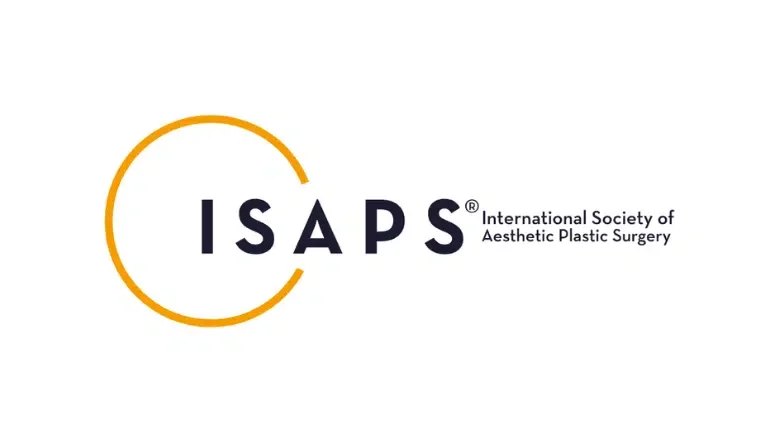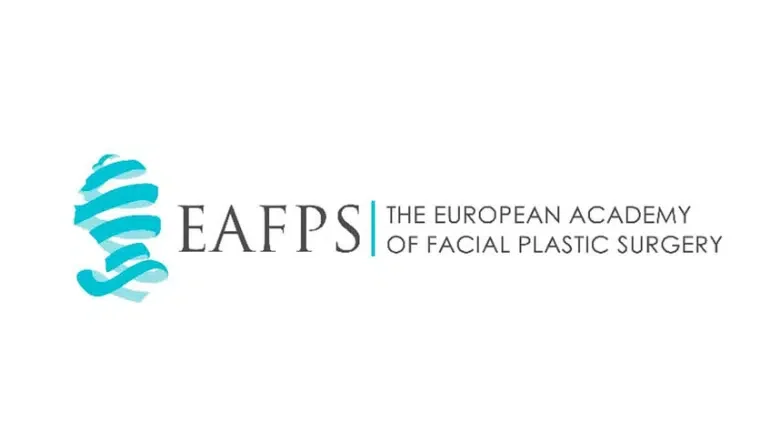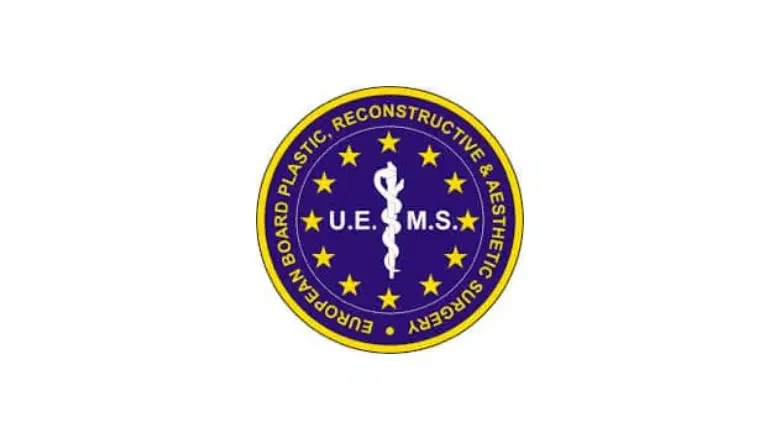The procedure for achieving well-formed nipples and areolas is a simple one that can greatly enhance the confidence of those who undergo it. If you’re contemplating nipple reshaping, you may have several inquiries. This article aims to address all your concerns and questions regarding the process. Continue reading to find out more.
Nipple and Areola Anatomy
It is commonly misunderstood that the nipple refers to the entire frontal part of the breast. In reality, the nipple is situated in the central portion of the breast, and it is connected to the mammary glands responsible for milk production. Conversely, the areola is the darker pigmented area that encircles the nipple. The size of areolas can vary from small to large, and they are typically round or oval in shape.
What is Nipple Reshaping?
Nipple reshaping, also known as a nipple lift, refers to a range of surgical procedures that are designed to enhance the appearance of the nipple and areola. The aim of these procedures is to address individual concerns and preferences, such as reducing the size of the areola or shortening elongated nipples. As everyone has different needs and desires, there are various procedures available to correct issues related to the nipple or areola, which we will discuss further below.
Nipple correction surgery
Nipple correction surgery is a type of surgical procedure that addresses issues such as asymmetrical, large, inverted, or protruding nipples, which can affect both men and women. The most frequently performed type of nipple correction surgery is for inverted nipples. The procedure is simple and can greatly enhance self-confidence and body image. The benefits of nipple correction surgery extend beyond intimate moments and can also provide greater comfort when wearing form-fitting clothing. Improved self-esteem and confidence can have a positive impact on one’s overall quality of life.
Areola Correction Surgery
Areola reduction surgery, also known as areola correction, is a relatively simple surgical procedure that is designed to reduce the diameter of one or both areolas. This type of surgery can be performed either as a standalone procedure or in conjunction with other types of breast surgeries, such as breast lift, breast augmentation, or breast reduction. Areola reduction surgery is an ideal option for individuals who are unhappy with the size or shape of their areolas, have experienced changes in the size or shape of their areolas due to pregnancy or weight loss, or have asymmetrical or protruding areolas.
The procedure typically takes about an hour and is performed under either local or general anaesthesia in an outpatient setting. During the procedure, the surgeon removes a circular area of the outer brown portion of the areola and then brings in the surrounding skin to decrease the diameter of the areola. Absorbable stitches are used inside the areola to secure it, and a permanent suture is used to prevent any future stretching of the areola.
Recovery from areola reduction surgery is usually relatively quick, with some swelling and bruising that typically subsides within a few days. The final results of the surgery may take several weeks to become fully apparent, but once the areolas have healed, patients should notice a smaller and more centred appearance.
Nipple Lift or Nipple Uplift
A nipple lift is a surgical procedure that addresses the common concern of low-positioned nipples, which can occur due to enlarged breasts or as a result of ageing skin. During the procedure, the nipples are lifted to a more aesthetically pleasing position and can also involve repositioning nipples that are too narrowly or too widely located from one another. A nipple lift is often performed as part of breast reduction or breast lift procedures.
Preserving the nerves and blood vessels that supply the nipples is a crucial aspect of the surgery, as this helps to maintain sensation in the nipple and supports its ability to breastfeed. The results of the procedure are immediate, and the surgery can be performed on one or both breasts. For instance, if one nipple is hanging lower than the other, a nipple lift can help ensure that both nipples match.
The procedure typically lasts between 30 to 60 minutes and is considered minimally invasive. Local anaesthesia is most popular, although in some cases, general anaesthesia may be necessary depending on the extent of the procedure and the patient’s preferences.
Nipple Reduction Surgery for a Smaller Nipple Size
Nipple reduction surgery is a procedure that is designed to decrease the size of the nipple. Enlarged nipples or nipple hypertrophy occur when milk ducts develop in an enlarged way. This condition may also be caused by repetitive suction during breastfeeding. Enlarged nipples can be a source of frustration for individuals and can significantly impact confidence and self-esteem. They may also cause irritation and chafing from constant rubbing against clothing, leading to discomfort.
The nipple reduction procedure involves removing any excess tissue that contributes to an undesirable appearance or poses as a deformity. Local anaesthesia is typically sufficient for the procedure. The main objective of the surgery is to reduce the projection or diameter of the nipple, leading to a more aesthetically pleasing appearance. The recovery process is generally fast, lasting only a few weeks. Most patients can expect to recover fully within two weeks following the surgery.
Inverted Nipple Correction
Inverted nipple correction is a surgical procedure that aims to correct the positioning of the nipple by allowing it to project outwards in a natural manner. This procedure is one of the most commonly performed types of nipple reshaping surgeries, as it can help individuals feel more confident in the appearance of their breasts.
Inverted nipples occur when the nipple is pulled inward into the breast instead of pointing outward. This condition, also known as nipple inversion, invaginated nipple, or nipple retraction, can occur due to a variety of reasons. One common cause is overly tight milk ducts leading to the nipple, but other causes include congenital factors, diseases or trauma, ageing, complications from breast surgery, breast duct ectasia, breast cysts, benign breast tumours, subareolar abscesses, mastitis, infections, and fat necrosis.
RELATED: The 3 Grades Of Inverted Nipples
In addition to being a cosmetic concern, an inverted nipple can also make breastfeeding challenging or impossible for some women. Infants may have difficulty latching onto the breast and bringing the nipple to their mouth.
Inverted nipple correction is a minor surgical procedure that aims to help individuals feel better about themselves through a safe and straightforward approach. The procedure is typically performed using local anaesthesia, although in some cases, a general anaesthetic may be necessary. During the procedure, the surgeon releases the tight milk ducts or tissue that are causing the nipple to invert, allowing it to project outward in a more natural position.
The recovery process for inverted nipple correction is typically straightforward, and most patients can return to their normal activities within a few days. While there may be some minor discomfort, this can usually be managed with over-the-counter pain medication.
Inverted Nipple Procedure
The inverted nipple correction procedure is a minimally invasive surgery that involves making a small incision along the edge of the nipple. The surgeon will gently release any overly tight milk ducts that are causing the nipple to invert, allowing it to project outward in a more natural position. In order to maintain the new position of the nipple, a stitch is placed under the nipple.
Patients can typically see an improvement in the appearance of their nipples immediately after the procedure. The recovery process is generally straightforward, and most patients can resume showering the day after the procedure. However, some bruising and swelling may occur after the surgery, which is normal and can last for a few days up to a week. The surgeon will provide detailed post-operative care instructions to ensure a smooth recovery process.
Inverted nipple correction surgery is a safe and effective procedure that can help individuals feel more confident in the appearance of their breasts. It is important to consult with a qualified and experienced plastic surgeon to determine whether this procedure is right for you and to discuss your options for achieving the best possible results.
Nipple Reshaping Surgery Frequently Asked Questions
What causes nipples to stay hard after breast implant surgery?
After breast implant surgery, nipples may stay hard due to nerve irritation, which can cause discomfort. However, this issue tends to resolve on its own over time and is not a cause for concern.
What are some ways to increase the projection of nipples?
To increase the projection of nipples, patients may try using suction devices or nipple retractors that stimulate the nipple and make it protrude. The Hoffman technique, which involves gently pulling and pressing breast tissue around the nipple, can also help make nipples stand out. However, these methods are not guaranteed to work and may not be effective for everyone. Nipple reshaping surgery is often the most effective way to achieve the desired results.
Under what circumstances might nipples be surgically removed?
Nipples can be surgically removed as part of a mastectomy, a surgical procedure to remove breast tissue due to breast cancer.
What are the consequences of a nipple losing its blood flow?
Lack of blood flow is the reason why a nipple may lose its blood flow, resulting in partial or complete necrosis. Reconstructive surgery can be performed to make the remaining nipple look normal and healthy. Reconstructed nipples often have sensation.
What are the eligibility criteria for undergoing nipple reshaping surgery?
Eligibility criteria for nipple reshaping surgery depend on the individual’s medical history and the reasons for wanting the procedure. Anyone who is dissatisfied with the appearance of their nipples or has a congenital abnormality affecting the nipples may be a candidate for nipple reshaping surgery. The procedure can also be beneficial for those who have experienced changes in their nipple shape or size due to significant weight loss, breastfeeding, or enlarged breasts.
What can patients expect before and after a nipple reshaping procedure?
Before undergoing nipple reshaping surgery, patients can expect a consultation with their surgeon, during which they will discuss the patient’s medical history and the reasons for wanting the procedure. The surgeon will also explain the procedure and answer any questions the patient may have. After the procedure, patients may experience some swelling and bruising in the treated area. They may also have some discomfort, but this can be managed with pain medication. Patients will receive detailed instructions on how to care for the treated area during recovery.
When can patients expect to see results after a nipple reshaping procedure?
Patients may notice results immediately after some nipple reshaping procedures, while others may take two to four weeks to see results. The recovery period depends on the individual’s overall health and healing process, as well as the specific procedure performed. Most patients can resume their normal activities within a few days after the procedure, but should avoid strenuous exercise or other activities that may cause excessive sweating or friction on the treated area.
How long does the surgical procedure for nipple reconstruction typically take?
The duration of nipple reconstruction surgery varies depending on the type of procedure performed. Skin flap reconstruction typically takes around 30 minutes to an hour, while skin graft reconstruction may take longer. Medical tattooing, which is often performed after the nipple is reconstructed, may take an additional hour or two.
Is it possible to replace missing or removed nipples?
Nipple reconstruction is possible for those who have had one or both breasts removed due to breast cancer. Various procedures, such as skin flap reconstruction or skin graft reconstruction, can be used to recreate the appearance of the nipple.
Nipple & Areola Surgery at Centre for Surgery
Nipple reshaping procedures are highly efficient and effective cosmetic surgeries that offer quick and minimally-invasive solutions to various nipple-related problems. The procedures can significantly boost your confidence, self-esteem, and overall quality of life. They are designed to deliver impressive results with minimal downtime, allowing you to return to your routine activities as soon as possible. Call us today to book a consultation at our Baker Street clinic.








